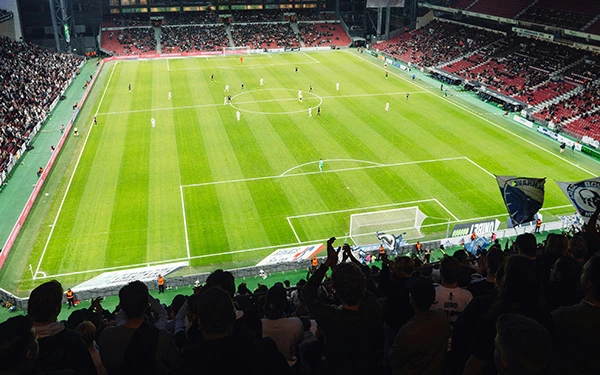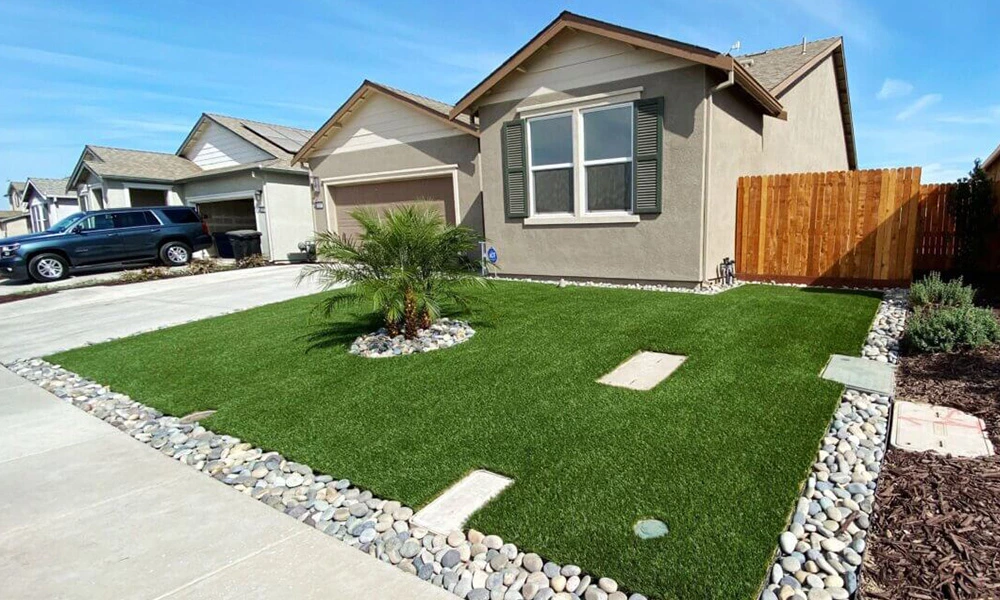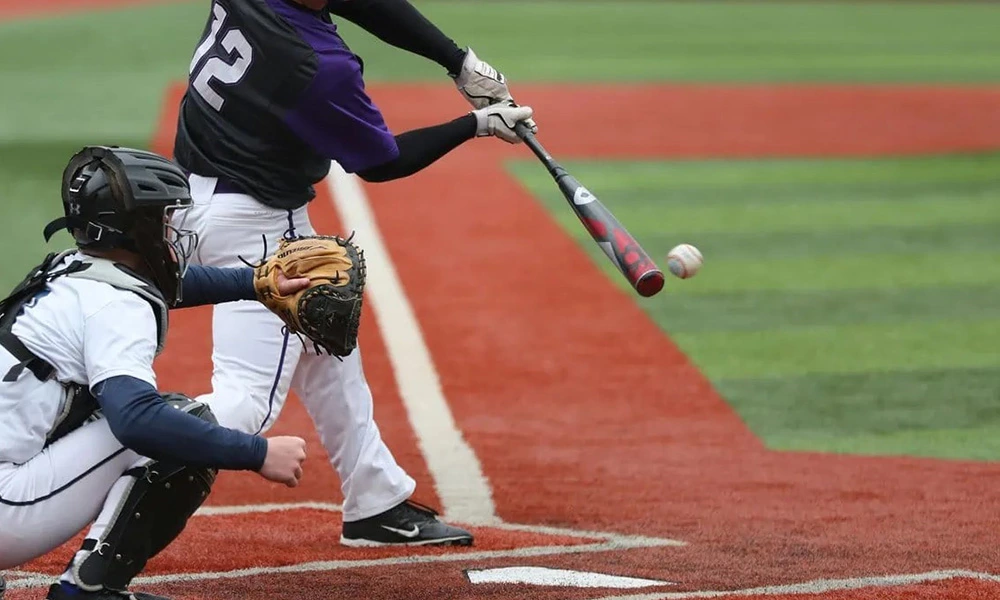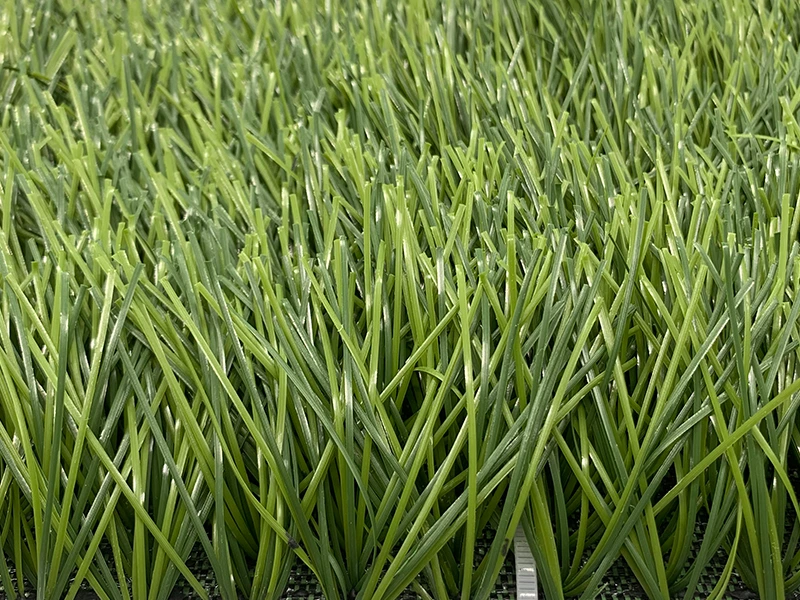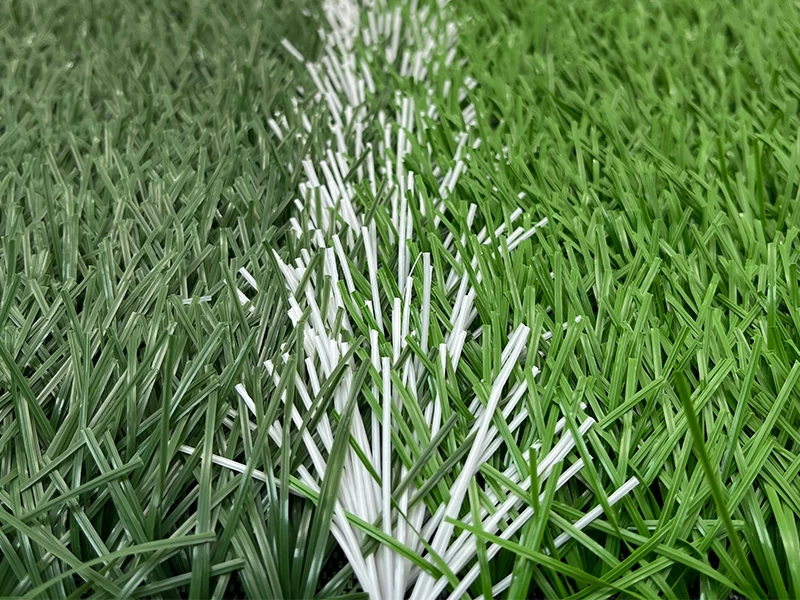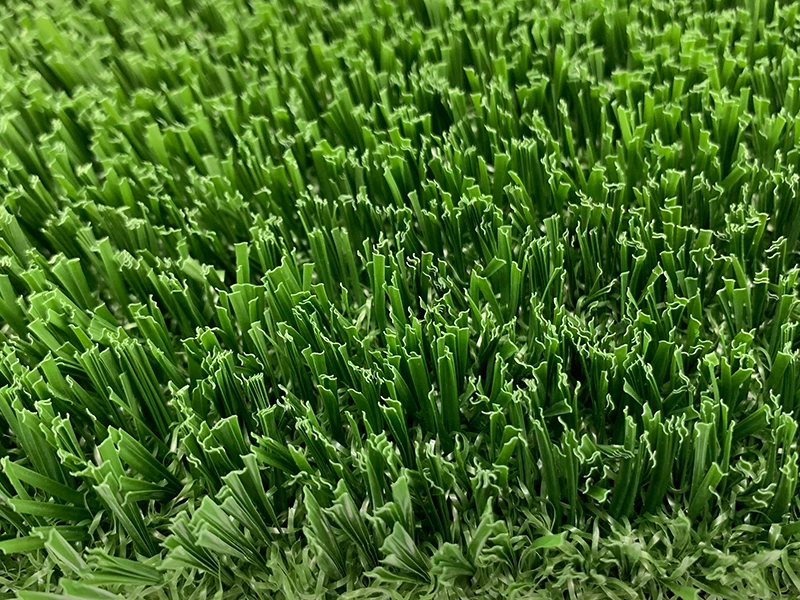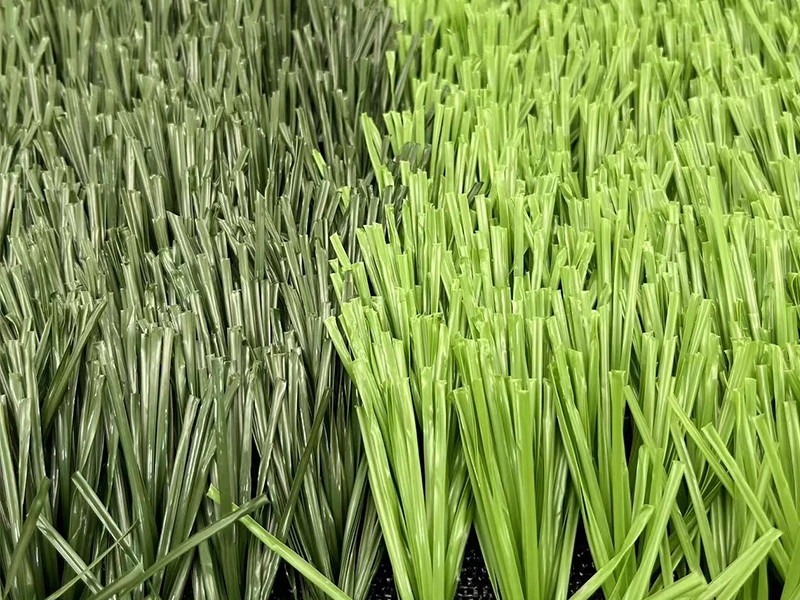What are the advantages of football artificial grass?
Football artificial turf is popular for its many advantages.
Simple maintenance and low cost
Its maintenance cost is low. Although the initial investment will be relatively high, the main long-term maintenance cost is lower than that of natural lawn, which can save a lot of expenses every year. While some have raised concerns about the affordability of artificial turf, arguing that it requires maintenance, vacuuming, replenishing and even watering, there are still those who believe in its durability while also proposing ways to address these issues.
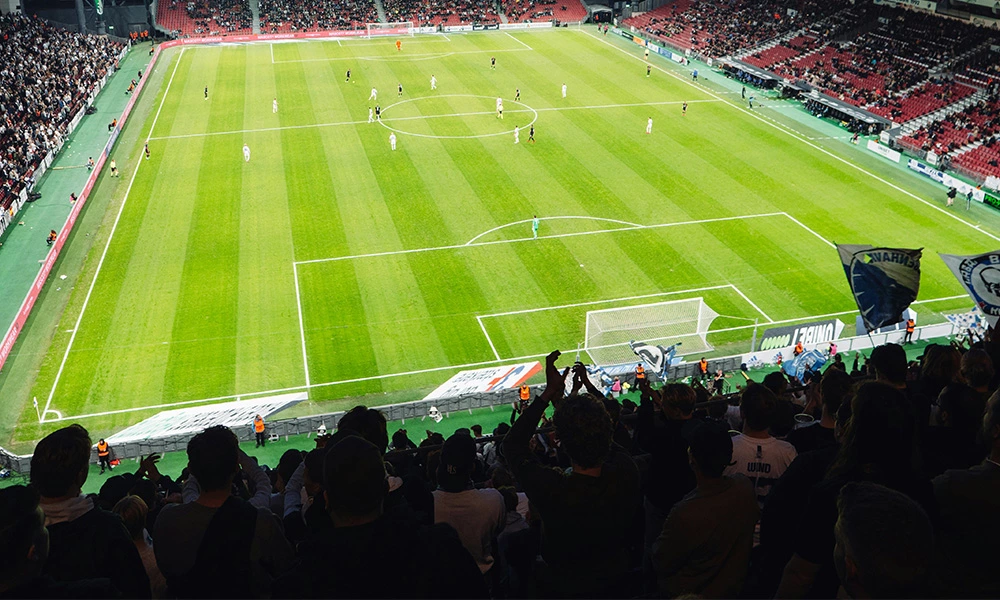
No need for pesticides, no pollution
Football artificial turf does not require pesticides. Unlike natural lawns, there is no need to use pesticides and chemical fertilizers for treatment. This not only benefits the environment but also reduces dependence on chemicals. Some towns have already had success adopting organic lawns.
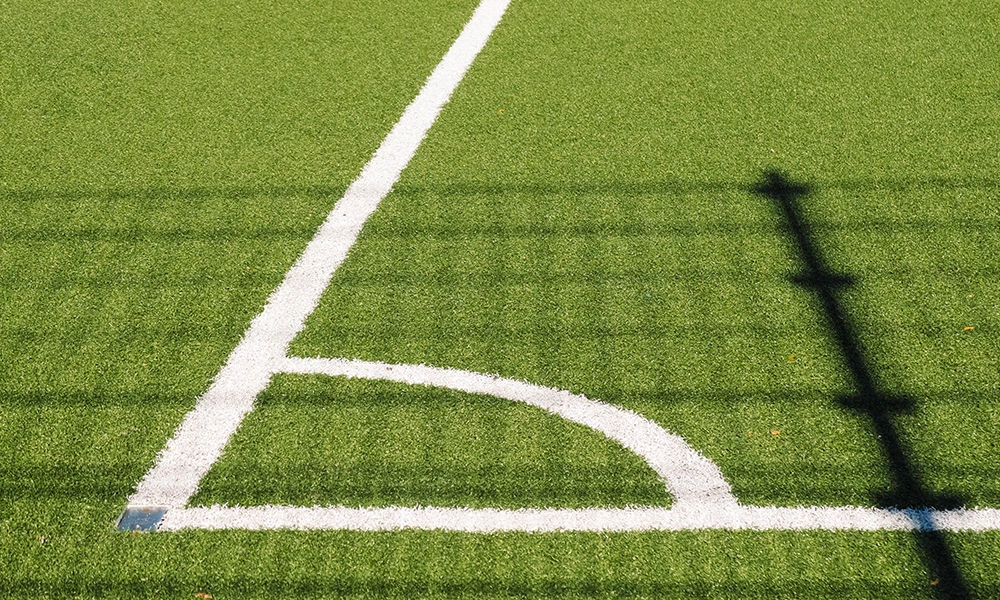
High playability
Football artificial turf improves playability. Their sites are more durable and unaffected by seasonal changes, allowing for a wider range of uses. This characteristic makes artificial turf an ideal surface for sports organizations to conduct competitions and training, especially when space is scarce. At the same time, artificial turf eliminates the problem of grass being canceled during spring and autumn rains, ensuring the continuity of games and training.
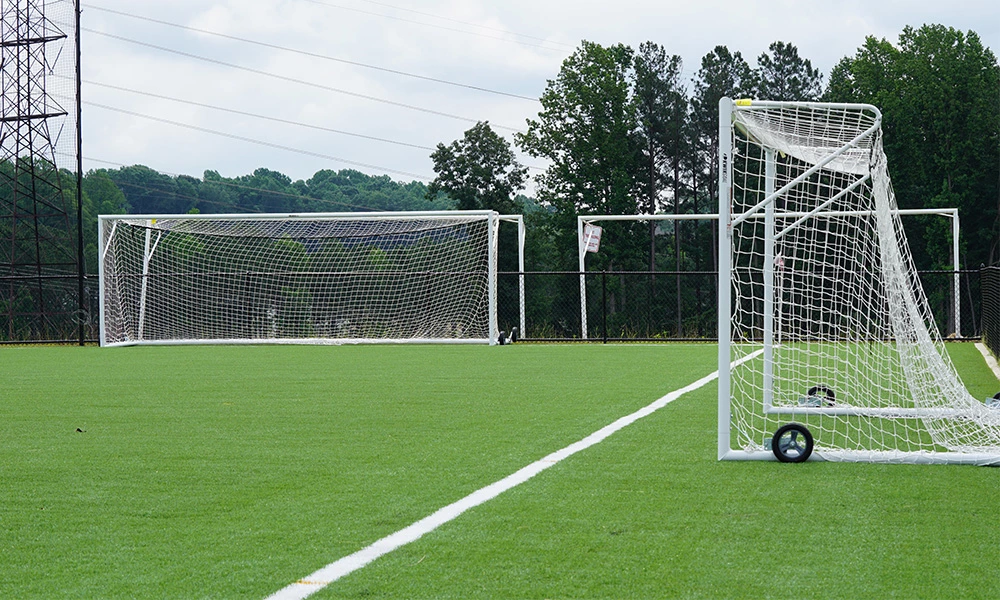
Reduces the occurrence of sports injuries
Football artificial turf reduces the occurrence of sports injuries. Its durability and flat playing surface reduce the risk of injuries during the game. Compared with natural grass, it will not be torn due to fierce competition and avoids the problems of sprained ankles and uneven playing fields caused by slippery mud fields.
Helps save water
Football artificial turf helps conserve water. During the growing season, natural turf sports fields consume an average of about 50,000 gallons of water per week, while artificial turf does not require such a large amount of water, providing a viable alternative for rational use of water resources. Therefore, artificial turf shows obvious advantages in comprehensive performance.
